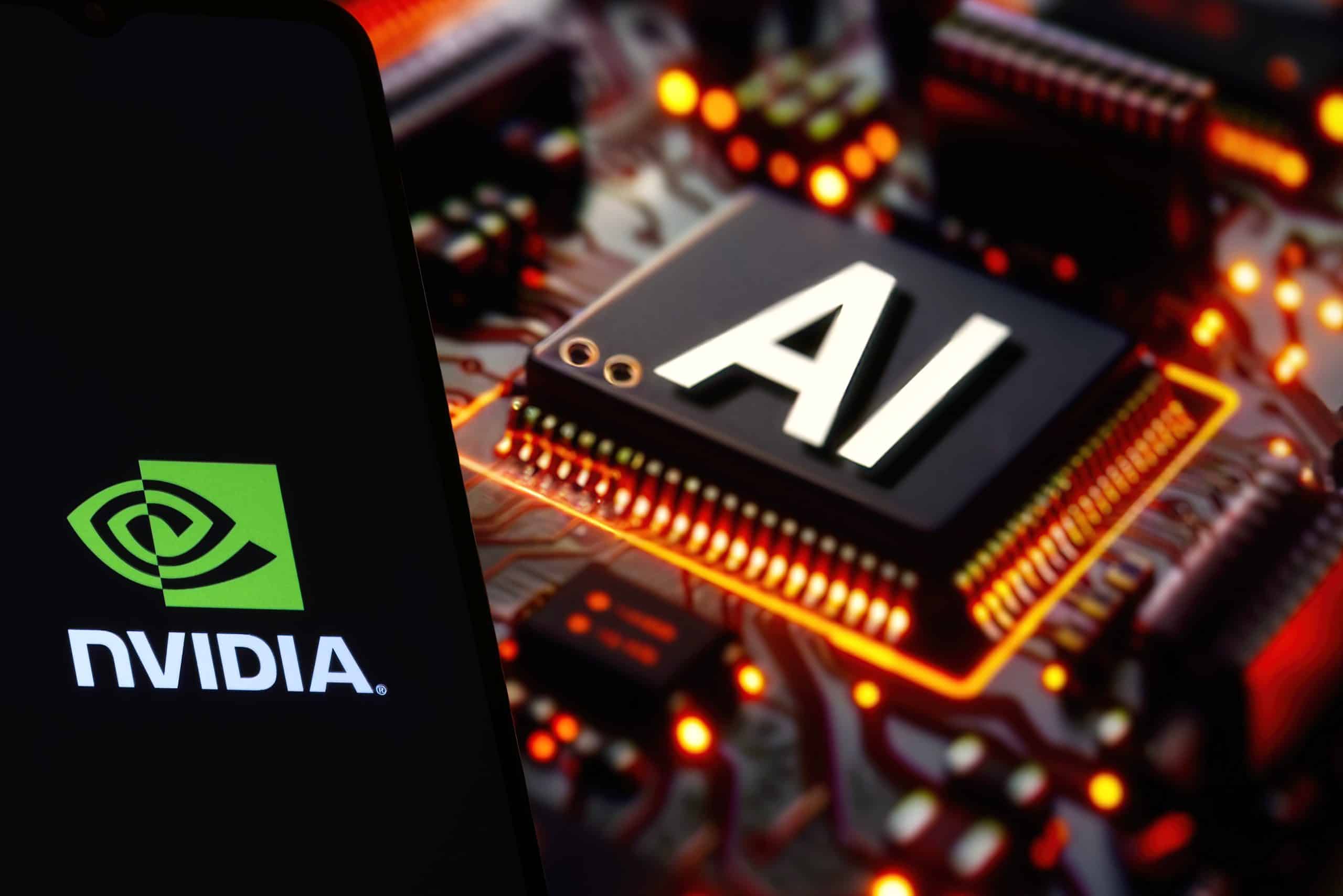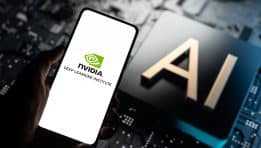Nvidia, the world’s most valuable semiconductor company, is reportedly developing a new AI chip for the Chinese market that will outperform its previously scaled-down offering, the H20. According to people familiar with the matter, the chip, tentatively named the B30A, will be based on Nvidia’s cutting-edge Blackwell architecture and is designed to navigate the regulatory complexities of U.S.–China technology restrictions. While the chip is expected to deliver only about half the computing power of Nvidia’s flagship B300, it still represents a significant leap forward for China’s AI industry, outperforming the H20 and pushing the boundaries of what American firms can legally export.
This development underscores the delicate balance Nvidia must maintain as it seeks to preserve access to China, its second-largest market, while complying with increasingly restrictive U.S. export controls. With samples expected to reach Chinese clients as early as September, the B30A may become one of the most scrutinized products in the global semiconductor landscape.
Navigating U.S. Export Controls
The B30A is not just another chip. It is the product of years of shifting policies and regulatory challenges as Washington has tightened restrictions on advanced semiconductors that can be sold to China. The Biden administration initially limited the export of high-performance GPUs in 2022, targeting chips such as the A100 and H100, which are essential for training large-scale AI models. In response, Nvidia created modified versions, including the A800 and H800, to comply with the rules.
Later, with restrictions expanding under the Trump administration’s new economic doctrine, Nvidia was forced to scale back even further, introducing the H20 as a compliant but weaker offering for Chinese customers. However, industry experts noted that the H20 was significantly underpowered compared to the demands of modern AI workloads, leaving Chinese firms struggling to compete with counterparts in the U.S. and Europe.
Now, with the B30A, Nvidia appears to have found a middle ground. According to sources, the chip will deliver about half the performance of the flagship B300 but will include essential features such as high-bandwidth memory and NVLink interconnects. These additions make it far more capable than the H20 and allow Chinese firms to train and deploy larger AI models without entirely losing access to state-of-the-art technology.
Strategic Timing and Political Context
The timing of the B30A’s development is particularly significant. Just weeks ago, President Donald Trump suggested that scaled-down versions of Nvidia’s next-generation chips might be allowed for sale in China. While no final regulatory approval has been granted, Nvidia appears to be moving quickly to prepare a product that could be ready for shipment as soon as the policy environment clarifies.
This reflects both urgency and caution. On the one hand, Nvidia cannot afford to cede the Chinese market, which has historically contributed more than $5 billion annually to its revenues. On the other hand, it risks regulatory backlash in the U.S. if it is seen as undermining national security priorities. The B30A, therefore, embodies the complex geopolitical tensions that increasingly define the semiconductor industry.
Technical Profile of the B30A
While specific details remain limited, reports indicate that the B30A will incorporate Nvidia’s Blackwell architecture, the same foundation used in its flagship B300 chips that power the world’s most advanced AI models. However, the B30A will be deliberately restricted in performance to comply with U.S. export rules.
Key features are expected to include high-bandwidth memory, which dramatically increases data throughput, and NVLink, which allows multiple GPUs to work together seamlessly. These capabilities are critical for large-scale AI training, particularly in natural language processing, computer vision, and generative AI applications.
Industry analysts suggest that while the B30A cannot match the raw performance of the B300, it will still represent a significant improvement over the H20, which was viewed as a stopgap product with limited utility. For Chinese firms, this means access to a viable AI chip that can support growth in areas such as autonomous driving, industrial automation, and healthcare AI.
Market Implications
If approved, the B30A could reshape competition in the Chinese AI market. Domestic companies such as Huawei, Biren Technology, and Cambricon have accelerated efforts to develop homegrown alternatives to Nvidia’s GPUs, spurred by the export restrictions. However, these efforts remain years behind in terms of both software ecosystems and hardware performance.
Nvidia’s CUDA platform, which dominates AI development globally, gives the company a unique edge. Even a scaled-down chip like the B30A retains compatibility with CUDA, meaning that Chinese developers can continue to use the same tools and frameworks as their global peers. This compatibility is a decisive factor that keeps Chinese firms reliant on Nvidia despite political and regulatory pressures.
At the same time, the introduction of the B30A could reduce immediate demand for domestic substitutes, slowing China’s efforts to decouple from U.S. technology. Critics in Washington may argue that this undermines the intent of export controls, which are designed to limit China’s progress in AI and high-performance computing.
Nvidia’s Balancing Act
For Nvidia, the B30A represents a delicate balancing act between compliance, revenue, and innovation. The company’s revenue from China has already suffered under successive rounds of restrictions, and executives have warned that further limitations could result in significant long-term losses. Maintaining some level of access to the Chinese market is therefore essential to protecting shareholder value.
However, Nvidia must also tread carefully to avoid regulatory overreach. U.S. policymakers have made it clear that they view semiconductors as a strategic asset in the broader competition with China. Any perception that Nvidia is enabling China’s AI ambitions could result in further clampdowns, potentially affecting even non-China markets.
The B30A, therefore, is more than a chip. It is a test case for whether U.S. firms can continue to do business in China under a new era of strategic rivalry.
Geopolitical and Economic Ramifications
The launch of the B30A comes at a moment when U.S.–China relations remain deeply strained. Technology exports are at the center of this rivalry, with Washington viewing advanced semiconductors as a critical chokepoint in limiting China’s military and AI development. For Beijing, access to these chips is seen as essential to its ambitions of technological self-sufficiency and global leadership in artificial intelligence.
The stakes go beyond technology. With China representing nearly 20% of Nvidia’s revenue base, a complete severing of ties would reverberate across global supply chains, capital markets, and innovation cycles. The B30A, if approved, could provide a temporary reprieve, allowing Nvidia to maintain a foothold while China continues to accelerate efforts to build its own capabilities.
Conclusion
Nvidia’s reported development of the B30A chip for China is a milestone in the ongoing intersection of technology, economics, and geopolitics. More than just a scaled-down GPU, it is a symbol of the complex compromises required in today’s fractured global order.
For China, the B30A offers a lifeline to advanced AI computing, even if it remains limited compared to Nvidia’s most powerful offerings. For Nvidia, it is a means to sustain one of its most important markets while navigating the increasingly restrictive U.S. export regime. And for Washington, it is a reminder of the difficulties in crafting policies that slow China’s progress without harming U.S. companies.
As samples potentially reach Chinese customers in September, the global tech industry will be watching closely. The success or failure of the B30A will not only shape Nvidia’s fortunes but also signal how technology firms can adapt to a world where innovation and regulation are increasingly inseparable.
Comparison, examination, and analysis between investment houses
Leave your details, and an expert from our team will get back to you as soon as possible
* This article, in whole or in part, does not contain any promise of investment returns, nor does it constitute professional advice to make investments in any particular field.
To read more about the full disclaimer, click here- orshu
- •
- 14 Min Read
- •
- ago 4 minutes
 The U.S. Housing Market Cools: Typical Home Sold in July Spent 43 Days on the Market – the Longest Since 2015
The U.S. Housing Market Cools: Typical Home Sold in July Spent 43 Days on the Market – the Longest Since 2015
The U.S. housing market, long characterized by surging demand, tight supply, and rapid turnover, is showing signs of cooling. According
- ago 4 minutes
- •
- 14 Min Read
The U.S. housing market, long characterized by surging demand, tight supply, and rapid turnover, is showing signs of cooling. According
- Ronny Mor
- •
- 7 Min Read
- •
- ago 39 minutes
 Asia Markets Mixed as Investors Weigh Currency Shifts and Earnings – August 20, 2025
Asia Markets Mixed as Investors Weigh Currency Shifts and Earnings – August 20, 2025
Asian equities opened with a cautious tone on Tuesday, August 20, 2025, as investors assessed currency moves, corporate earnings, and
- ago 39 minutes
- •
- 7 Min Read
Asian equities opened with a cautious tone on Tuesday, August 20, 2025, as investors assessed currency moves, corporate earnings, and
- sagi habasov
- •
- 13 Min Read
- •
- ago 2 hours
 NVIDIA’s Stock Portfolio: Inside the Strategic Bets Shaping the Future of AI and Technology
NVIDIA’s Stock Portfolio: Inside the Strategic Bets Shaping the Future of AI and Technology
NVIDIA has become the defining company of the artificial intelligence revolution, transforming from a graphics chip producer into one of
- ago 2 hours
- •
- 13 Min Read
NVIDIA has become the defining company of the artificial intelligence revolution, transforming from a graphics chip producer into one of
- Articles
- •
- 10 Min Read
- •
- ago 3 hours
 Walmart’s Earnings Report Will Test Investor Confidence in U.S. Market
Walmart’s Earnings Report Will Test Investor Confidence in U.S. Market
Walmart’s Earnings Report: Implications for Investor Confidence in the U.S. Market Walmart’s upcoming earnings report is generating significant buzz, as
- ago 3 hours
- •
- 10 Min Read
Walmart’s Earnings Report: Implications for Investor Confidence in the U.S. Market Walmart’s upcoming earnings report is generating significant buzz, as












